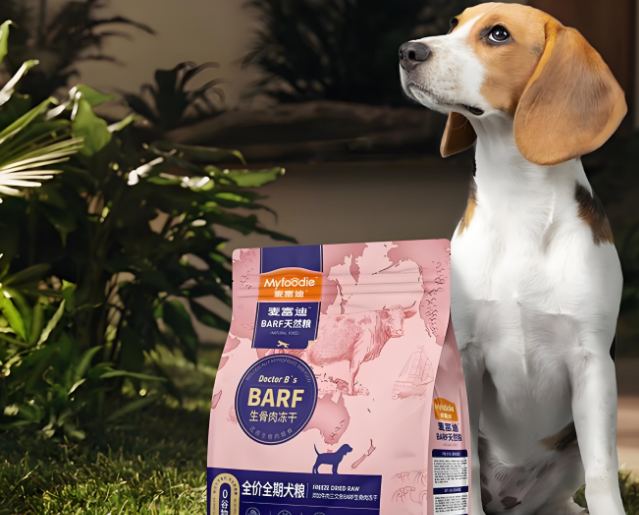Picture this: You’re browsing dog food aisles and spot a bright red kibble labeled “premium beef flavor.” But wait—is that vibrant color natural or a chemical cocktail? Let’s unpack the real story behind food dyes in pet food. Spoiler: Not all colorings are created equal, and some might make you rethink that rainbow kibble.

Natural vs. Synthetic Dyes: What’s the Difference?
Food colorings fall into two camps:
- Natural Options: Think beet juice (red), turmeric (yellow), or spinach powder (green). These plant-based dyes are generally safe and add nutrients like antioxidants.
- Synthetic Dyes: Made from petroleum (yep, you read that right!), these include Red 40, Yellow 5, and Blue 2—the same dyes linked to hyperactivity in kids and tumors in lab rats.
Fun Fact: Dogs see colors differently than humans—their world is mostly blues and yellows. So that neon kibble? It’s really for your eyes, not theirs!
Why Do Pet Brands Use Food Dyes?
• Hide the “Ugly”: Processing turns meat into a grayish mush. Dyes like Red 40 make it look “fresh” and appetizing to you.
• Batch Consistency: Ever notice every bag of kibble looks identical? Thank synthetic dyes for that factory-perfect hue.
But here’s the kicker: These dyes offer zero nutritional value. Zip. Nada. They’re purely cosmetic.
The Murky Safety Debate
The FDA claims approved synthetic dyes are “generally safe” for pets, but here’s what they’re not telling you:
• Cancer Risks: Red 3 (still used in some treats!) was banned in cosmetics 30 years ago due to cancer links but remains legal in pet food.
• Allergies & Sensitivities: While rare, dogs can develop rashes or digestive issues from synthetic dyes.
• Hyperactivity: Studies show synthetic dyes might trigger overexcitement in dogs, similar to kids.
Vet Tip: Breeds like French Bulldogs or Boxers with sensitive skin are more prone to reactions. Always patch-test new foods!

Safer Swaps for Colorful Kibble
Ditch the dye drama with these vet-approved alternatives:
- DIY Natural Dyes: Mix mashed blueberries (purple), pumpkin (orange), or spirulina (green) into homemade treats.
- Clean-Label Brands: Look for brands like The Honest Kitchen or Open Farm that use turmeric or beet powder instead of Red 40.
- Embrace the “Ugly”: Gray kibble? That’s just real meat doing its thing! Trust the process, not the dye.
Pro Hack: Freeze carrot sticks or apple slices for a crunchy, colorful snack dogs actually care about.
When to Hit the Panic Button
If your pup accidentally scarfs down a rainbow cupcake, watch for:
• Vomiting/diarrhea (common with large dye doses)
• Hives or face swelling (signs of allergy)
• Unusual hyperactivity or lethargy
Act Fast: Call your vet or use PangoVet’s 24/7 online vet chat for instant guidance—no ER trip needed!
The Bottom Line
While the FDA hasn’t banned synthetic dyes yet, the tide is turning. California outlawed Red 3 in 2023, and more states are following suit. Until then, your best bet? Stick to nature’s palette. Your dog’s health is worth more than Instagram-worthy kibble.
Final Thought: Next time you see a neon-green “veggie blend” dog treat, ask yourself: Would I eat something dyed with petroleum chemicals? If not, why feed it to your pup? 🐶💚







